Content Menu
● The Early Days of Catalina Swimwear
>> The Rise to Prominence
>> Influences from Iconic Figures
● The Cultural Impact of Catalina Swimwear
>> The Pageant Connection
>> Adaptation Through Decades
● The Current Landscape of Catalina Swimwear
>> Modern Designs and Target Markets
>> Global Reach
● The Importance of Catalina in Fashion History
>> Innovations Over Time
● Challenges Faced by Catalina Swimwear
● FAQs about Catalina Swimwear
>> Q: What happened to Catalina swimwear?
>> Q: Who started Catalina swimwear?
>> Q: Why did Catalina stop sponsoring Miss America?
>> Q: Where is Catalina swimwear available today?
>> Q: What is the history of Catalina swimwear?
● Conclusion
● Citations:
Catalina Swimwear, a name synonymous with beach culture and swim fashion, has a storied history that reflects the evolution of swimwear and societal norms. Founded in 1907 as Bentz Knitting Mills, the brand has undergone significant transformations, navigating through peaks of popularity and valleys of obscurity. This article explores the rise, fall, and resurgence of Catalina Swimwear, examining its impact on fashion and culture.
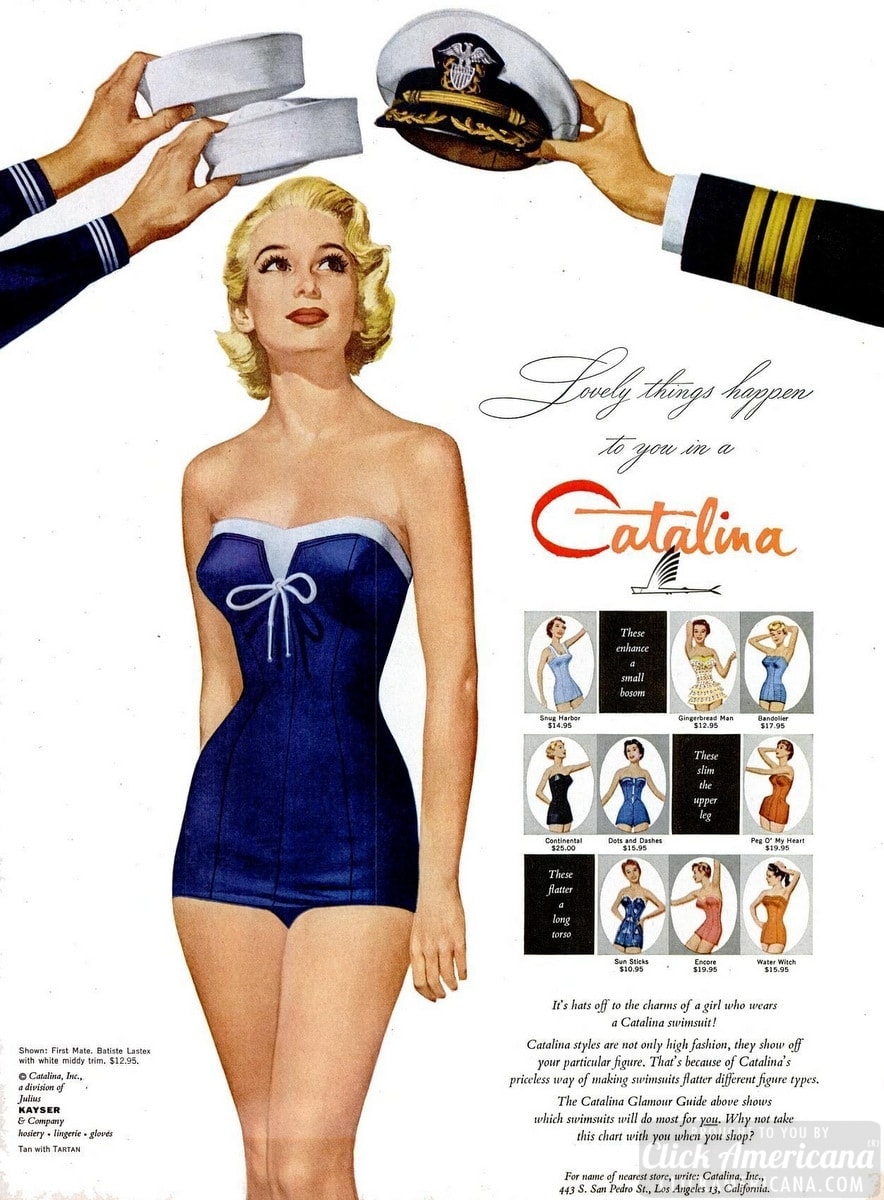
The Early Days of Catalina Swimwear
Catalina's origins trace back to 1907 when John C. Bentz established Bentz Knitting Mills in California. Initially focused on producing underwear and sweaters, the company pivoted towards swimwear in the early 1910s. By 1928, it rebranded as Catalina, named after the idyllic Catalina Island off the coast of California.
The Rise to Prominence
Catalina gained traction during the 1920s by introducing innovative swimwear styles that challenged the conservative norms of the time. The brand became known for its daring designs, such as the "Chicken Suit," which featured bold stripes and a more revealing cut. This era marked a shift in women's swimwear, allowing for greater freedom and expression.
Catalina Swimwear Ad from the 1920s
The association with Hollywood further propelled Catalina's popularity. Stars like Marilyn Monroe donned Catalina swimsuits, embedding the brand in the glamour of mid-20th-century cinema. The company's marketing strategy capitalized on this connection, using famous actresses to promote their products.
Influences from Iconic Figures
The influence of iconic figures like Annette Kellerman cannot be overstated. Kellerman was a pioneer in swim fashion, promoting one-piece suits that revealed arms and legs at a time when modesty was paramount. Her style resonated with women who sought freedom in their swimwear choices, paving the way for brands like Catalina to thrive[1].
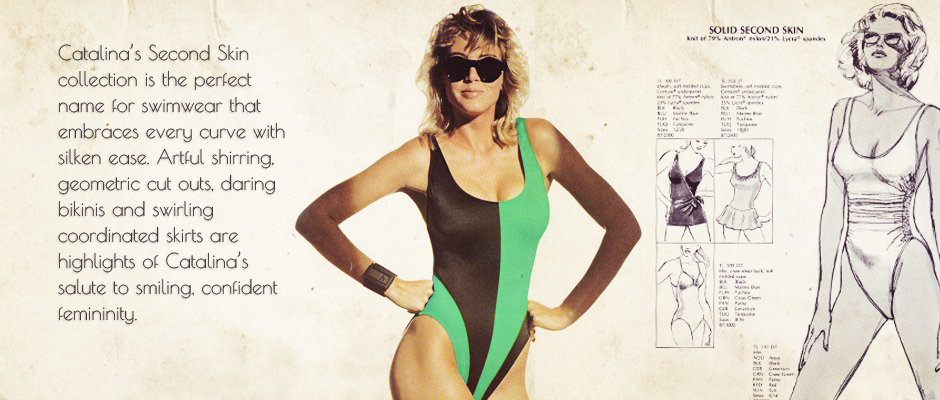
The Cultural Impact of Catalina Swimwear
Catalina's influence extended beyond fashion; it played a pivotal role in shaping American beach culture. The company was instrumental in founding beauty pageants such as Miss USA and Miss Universe after withdrawing from Miss America due to a dispute over swimsuit representation. This move solidified Catalina's status as a cultural icon.
The Pageant Connection
Catalina's involvement with beauty pageants began when they sponsored Miss America in the 1940s. However, after contestant Yolande Betbeze refused to wear a Catalina swimsuit during a promotional photo shoot, the brand withdrew its support. In response, Catalina founded its own pageants—Miss USA and Miss Universe—which have since become global phenomena[2].
Miss Universe Pageant
Adaptation Through Decades
As societal norms evolved, so did Catalina's designs. The brand embraced new materials and technologies, incorporating fabrics like Lastex and Spandex that provided better fit and comfort. However, by the late 20th century, Catalina faced challenges due to changing consumer preferences and increased competition from emerging brands.
In 1993, Catalina declared bankruptcy but was revived in 1997 under Authentic Fitness. This new ownership aimed to modernize the brand while retaining its legacy. Despite these efforts, Catalina struggled to regain its former glory.
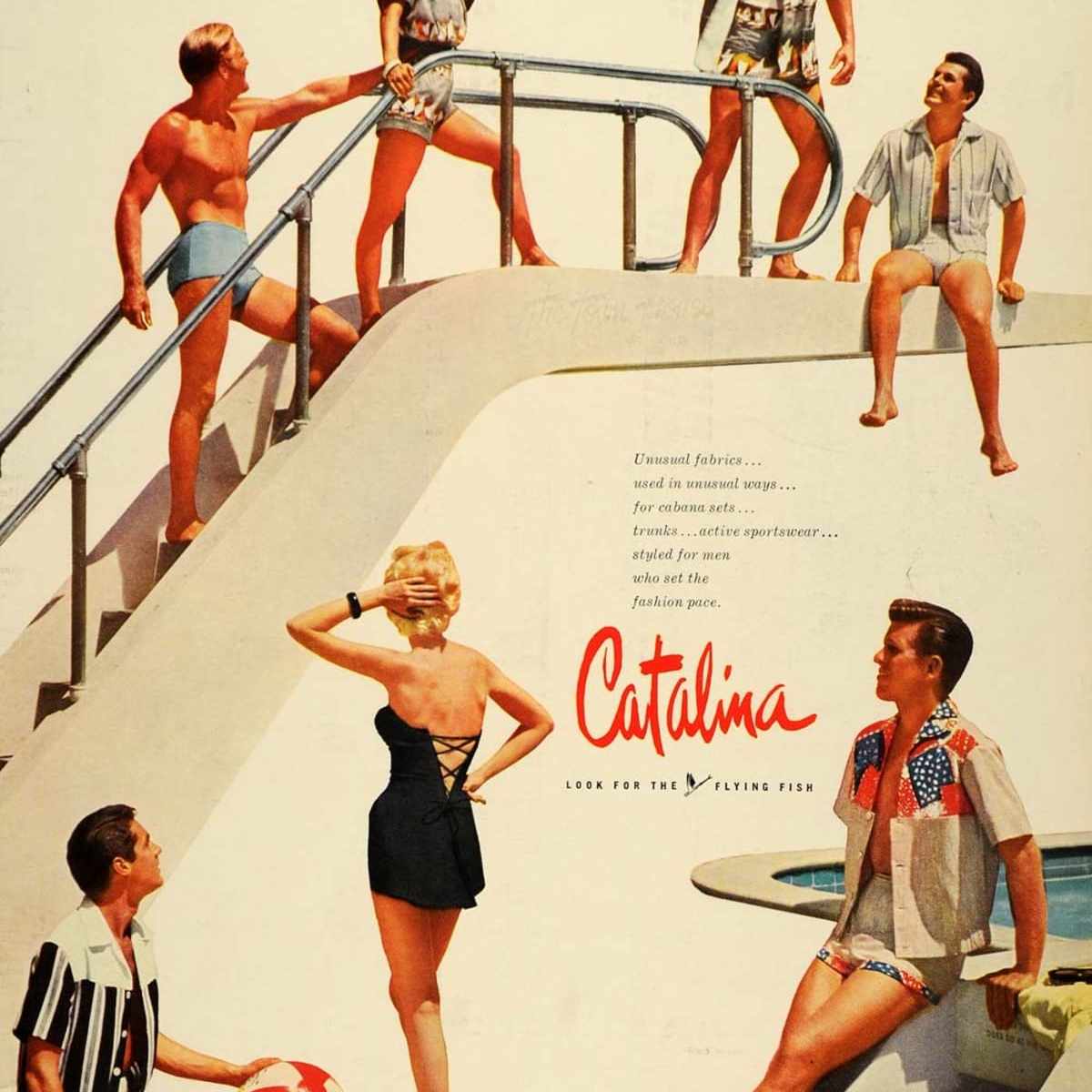
The Current Landscape of Catalina Swimwear
Today, Catalina Swimwear primarily targets women and is available in major retail chains like Wal-Mart. The brand has adapted its offerings to include various styles catering to modern tastes while maintaining its historical roots.
Modern Designs and Target Markets
Contemporary Catalina swimwear includes athletic cuts, maternity lines, and separates that allow for mix-and-match versatility. The brand has also made strides towards inclusivity by offering a wider range of sizes[3].
Modern Catalina Swimwear
Global Reach
Catalina has expanded its market presence internationally through licensing agreements in South America, particularly in Brazil and Argentina. This expansion has allowed them to sponsor beauty pageants across these countries, further solidifying their global footprint[2].
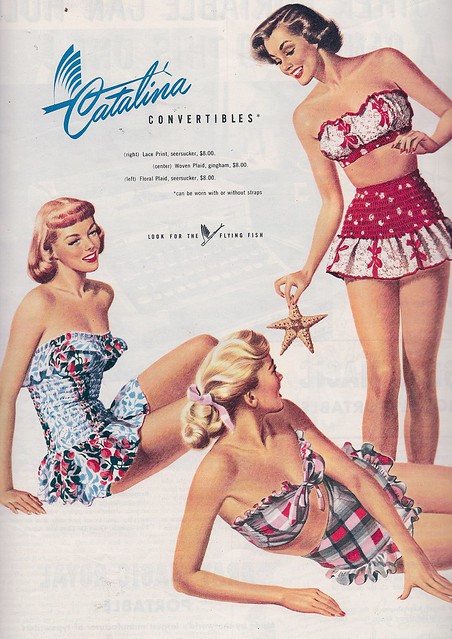
The Importance of Catalina in Fashion History
Catalina's journey reflects broader trends in fashion and society. It has been at the forefront of promoting body positivity and female empowerment through its designs. The evolution of swimwear from modesty to bold expression can be traced through Catalina's history.
Innovations Over Time
Throughout its history, Catalina has been known for its innovative designs that often set trends within the industry. For instance:
- The Chicken Suit: Introduced in the 1920s with bold stripes.
- The Speed Suit: A streamlined design aimed at competitive swimmers.
- The Everybody Tank: A versatile piece that caters to various body types.
These innovations not only catered to aesthetic preferences but also addressed practical needs for comfort and functionality[3][4].
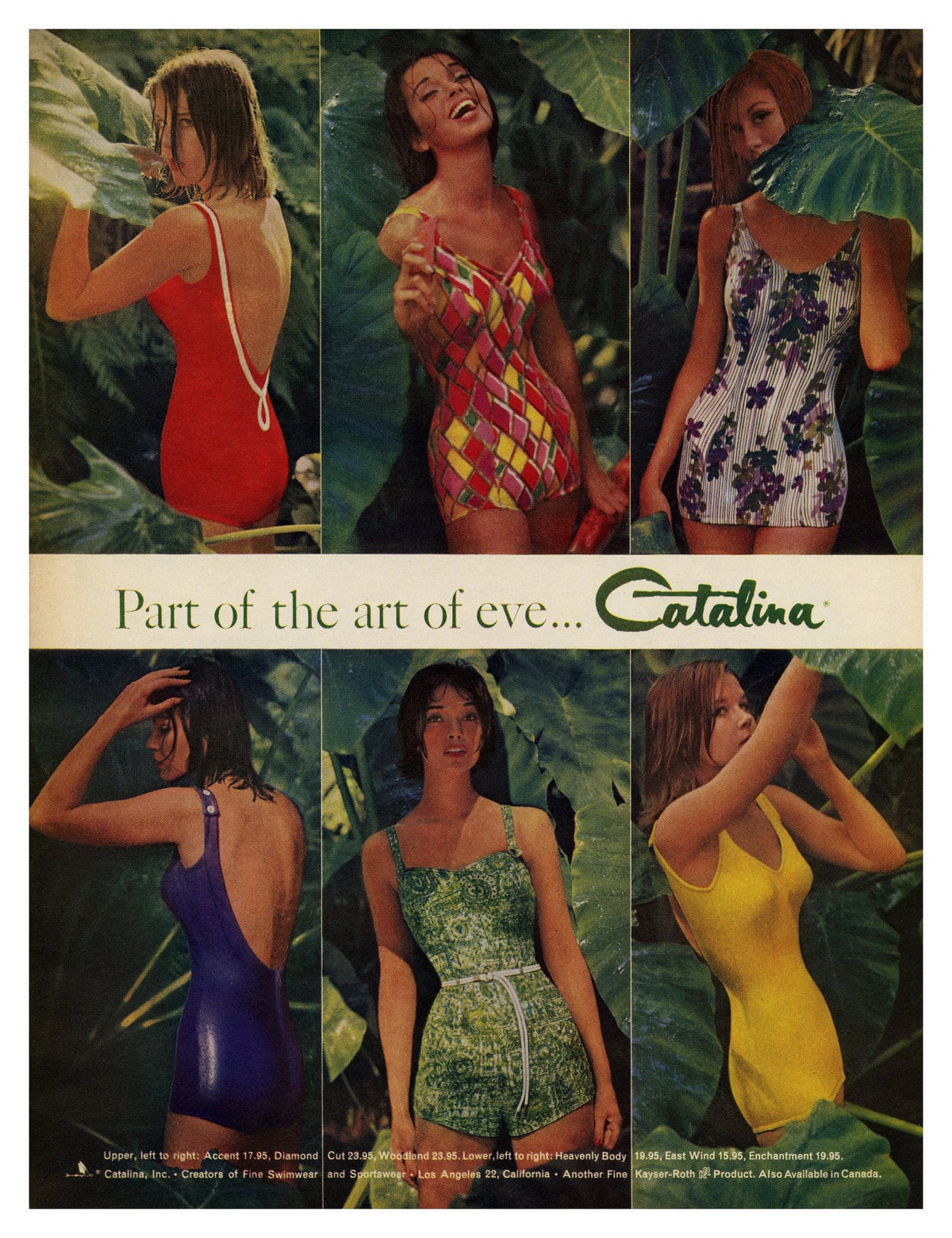
Challenges Faced by Catalina Swimwear
Despite its rich history and cultural significance, Catalina has faced numerous challenges over the decades:
- Market Competition: Increased competition from newer brands has made it difficult for Catalina to maintain market share.
- Changing Consumer Preferences: As fashion trends evolve rapidly, keeping up with consumer demands has proven challenging.
- Brand Identity: Struggling to balance heritage with modernity has led to confusion about what Catalina represents today.
FAQs about Catalina Swimwear
Q: What happened to Catalina swimwear?
A: Catalina has faced challenges since its peak but has managed to adapt and remain relevant in the market.
Q: Who started Catalina swimwear?
A: John C. Bentz founded Catalina Swimwear as Bentz Knitting Mills in 1907.
Q: Why did Catalina stop sponsoring Miss America?
A: The company withdrew its sponsorship following a dispute with a contestant who refused to wear a swimsuit.
Q: Where is Catalina swimwear available today?
A: You can find Catalina swimwear at various retail stores, including Wal-Mart.
Q: What is the history of Catalina swimwear?
A: Starting in 1907, Catalina transitioned from a knitting mill to a prominent swimwear brand over decades, adapting to changing fashion trends.
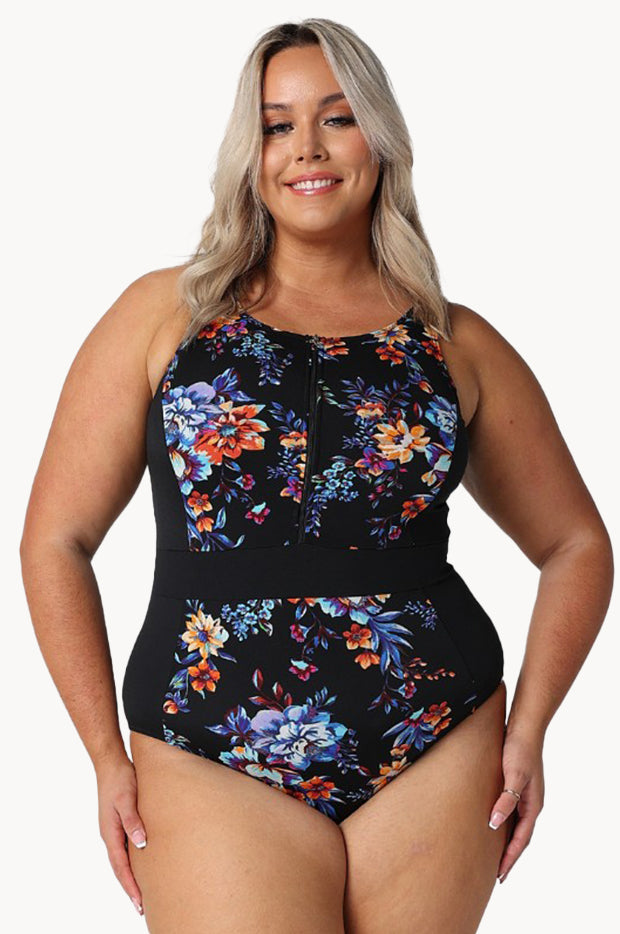
Conclusion
Catalina Swimwear's legacy is one of resilience and adaptation. From its humble beginnings as a knitting mill to becoming a cultural icon associated with Hollywood glamour and beauty pageants, it has significantly influenced American swim fashion. While it may not hold the same prominence it once did, Catalina remains an important player in the industry—continuing to evolve while honoring its rich history.
Citations:
[1] https://en.wikipedia.org/wiki/History_of_swimwear
[2] https://en.wikipedia.org/wiki/Catalina_Swimwear
[3] https://www.encyclopedia.com/fashion/news-wires-white-papers-and-books/catalina-sportswear
[4] https://www.huffpost.com/entry/oh-those-catalina-bathing_b_10633416
[5] https://iandrummondvintage.com/blogs/fashion-history/1950s-swimwear







































